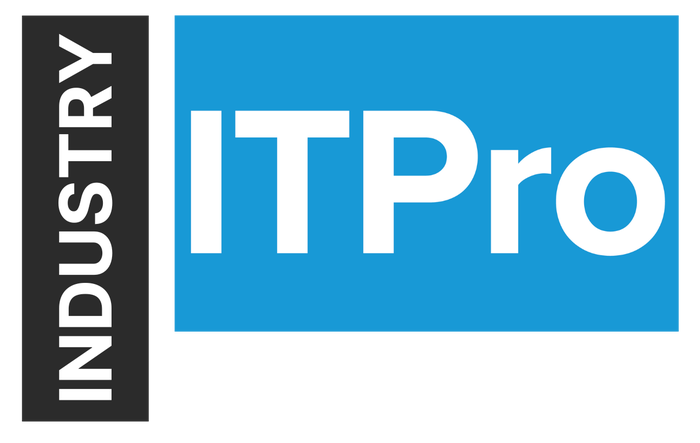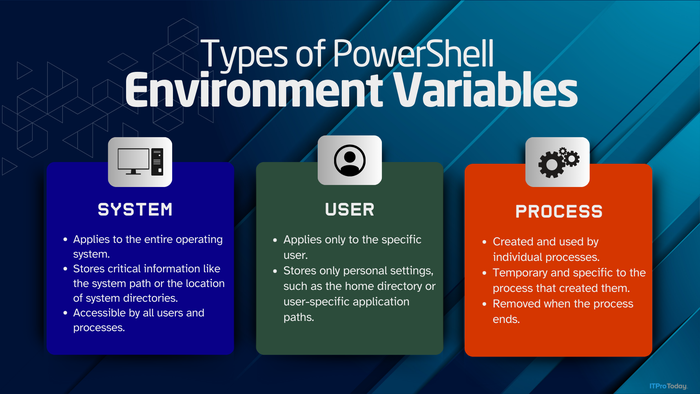
Insight and analysis on the information technology space from industry thought leaders.
Moving Off VMware? 5 Things That Can Ruin Your MigrationMoving Off VMware? 5 Things That Can Ruin Your Migration
For organizations looking to move away from VMware, here are five major migration pitfalls and strategies to ensure a smooth transition.
February 10, 2025

By Ofer Regev, Faddom
The acquisition of VMware by Broadcom in late 2023 has created uncertainty in the virtualization market, leading many organizations to consider alternative platforms. However, migrating away from VMware is not as simple as a straightforward lift-and-shift operation. Without careful planning, execution, and oversight, organizations risk facing costly failures, service disruptions, and security vulnerabilities.
Based on industry experience, here are five common pitfalls that can derail a migration project and how to avoid them.
1. Application Compatibility and Portability Issues
Many enterprise applications are deeply integrated with VMware's ecosystem, relying on its proprietary features, integrations, and configurations. When transitioning to new hypervisors, storage systems, or network protocols, these applications may face significant performance degradation or functionality loss.
Additionally, not all operating systems and software licenses are compatible with every platform, meaning some may not function as expected or require costly upgrades. Before undertaking migration, organizations should perform a comprehensive compatibility assessment of all applications and infrastructure components. Evaluating potential changes in performance and behavior will help determine if modifications, upgrades, or alternative solutions are necessary to maintain operational stability.
2. Lack of Full Dependency Visibility
Understanding application dependencies is a critical yet often overlooked aspect of migration. IT environments are highly interconnected, and moving virtual machines (VMs) without complete visibility into their dependencies across servers, databases, and networks can lead to cascading failures. Even a single overlooked dependency can cause outages, disrupt business operations, and lead to costly remediation efforts.
Organizations should utilize application dependency mapping platforms to gain comprehensive visibility into their infrastructure before migration. This step is essential for ensuring seamless transitions and preventing the risk of migrating fragmented or incomplete infrastructure components.
3. Underestimating Hidden Costs
One of the main reasons organizations consider moving away from VMware is cost savings, especially with Broadcom's new licensing model. However, many organizations tend to focus only on direct licensing costs while overlooking hidden expenses tied to migration. These hidden costs include downtime, additional hardware or software purchases, increased IT workloads, and unexpected troubleshooting efforts.
Moreover, correctly sizing the environment or calculating network costs in the cloud is often not fully considered, leading to unanticipated expenses. Organizations should conduct a comprehensive cost analysis that accounts for short-term and long-term expenditures to prevent budget overruns. A well-defined financial plan is crucial to ensure that unforeseen costs do not diminish the expected savings from the migration.
4. Lack of Thorough Testing
One of organizations' most common mistakes is underestimating the importance of thorough testing. Rushing through or skipping testing phases can result in undetected issues that only surface after migration, causing significant disruptions. Each application, workflow, and integration must undergo rigorous pre-migration testing to ensure functionality and performance remain intact.
Testing should not be limited to isolated virtual machines; it must include the broader IT ecosystem, such as databases, storage, and networking configurations. Establishing a structured testing process before, during, and after migration minimizes surprises and maximizes success.
5. Security Risks During Transition
Security is often overlooked during migration projects but should be a top priority. Transitioning from VMware to a new platform can expose security vulnerabilities, especially if security controls are not correctly aligned. Inconsistencies in compliance, access management, and data protection can leave systems exposed to cyberthreats. Also, ensuring a secure transition is not always straightforward, since some environments may require firewall rules to be reconfigured or even built from scratch.
To identify and mitigate potential risks, organizations should conduct thorough security assessments before and after migration. Strengthening defenses with proactive measures such as refining identity management policies and updating security configurations will help maintain resilience throughout the transition.
Conclusion: Plan, Test, and Execute with Visibility
Migrating from VMware is a complex process that requires careful planning, thorough testing, and complete visibility of your infrastructure. Organizations must go beyond simply migrating VMs and consider the broader implications for networking, security policies, and application dependencies. By addressing these common pitfalls, businesses can achieve a smooth, cost-effective, and secure transition to a new platform.
Utilizing application dependency mapping platforms can significantly reduce migration risks by providing real-time visibility, dependency analysis, and optimization capabilities. If your organization plans to move away from VMware in 2025, ensuring complete visibility into your IT landscape will help you avoid costly mistakes and maximize your business's long-term benefits.
About the author:
Ofer Regev has 18 years of experience in the IT industry. He currently serves as CTO and head of network operations for Faddom (formerly VNT), a startup that raised $12 million to help companies map IT infrastructure wherever it lives. Faddom is used to map and monitor over 1 million application instances at organizations like Coca Cola, NetApp, and UCLA. He previously served in the IDF's elite computing and information services unit, Mamram.
About the Author
You May Also Like








.jpg?width=700&auto=webp&quality=80&disable=upscale)
